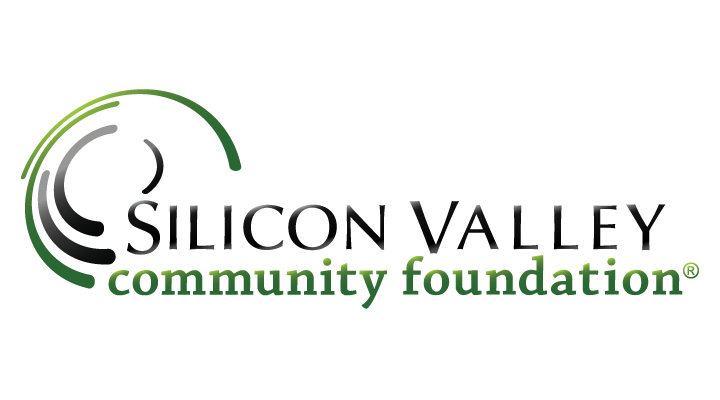Lessons from a tsunami warning: SVCF study of coastal disaster preparedness brings change to local communities

This post is part of the #CF100 Series of blog posts. The Council on Foundations is marking the 100th anniversary of the nation’s first community foundation, The Cleveland Foundation, by highlighting the roles of community foundations with this series.
See where it all began at our
Fall Conference for Community Foundations in Cleveland this October!

Immediately after the devastating earthquake and tsunami in Japan in 2011, people feared a tsunami might be triggered on the San Mateo County coast, a beautiful area south of San Francisco that includes numerous small towns, rural farmland and redwood forests. Fortunately, a tsunami did not materialize. But a warning was issued and the community sprang into action – with many people later reporting that they were confused about what to do, where to go, and how real the danger was. Silicon Valley Community Foundation’s board of directors commissioned a study of this community response.
The San Mateo County Coastside Tsunami-Preparedness Report is a result of that effort. Some of the recommendations included expanding the communications system to better serve Spanish-speaking residents; updating and replenishing the emergency-supply trailers stationed along the coast,; and providing more training for local first responders.
Another major recommendation was to hire an emergency-preparedness coordinator to strengthen local responsiveness and preparedness in coastal communities such as Half Moon Bay, Pescadero and the rural areas surrounding them. After a thorough search and vetting process, the San Mateo County Sheriff’s Office hired a veteran law enforcement professional whose career has included a stint as a local police chief. He has quickly become an integral part of the communities on the coastside. His fluency in Spanish is a bonus as he approaches the issues raised in SVCF’s report – including the fact that emergency preparedness information was not all available in Spanish, though the area is home to many Spanish-speakers.
Previously, there had been no emergency services coordinator with primary responsibility for the coastal area, which is the largest geographical region in the county, and includes unincorporated areas and vulnerable populations whose resources for dealing with emergency situations are limited. The City of Half Moon Bay, the San Mateo County Sheriff’s Office, the county Board of Supervisors and Silicon Valley Community Foundation agreed to pool resources to bring this experienced coordinator to serve residents on the coast.
We believe that planning and preparedness are critical for all residents and institutions before disasters strike. We are proud of our work on the San Mateo County coastside to understand the area’s specific disaster-preparedness needs and work with community leaders to address those needs.
But there is more to be done, and the facts are clear. Climate change will bring rising tides and seas. More frequent major storms will produce significant flooding both on the Bay and ocean coasts of this county. In a major storm at high tide, the region’s wetlands and aging levees will not be enough to hold rushing waters away from thousands of homes, jobs and infrastructure valued in the billions of dollars. We must bring all sectors of society together to protect our communities from the most significant risks.
Margot Rawlins is senior community leadership officer for Silicon Valley Community Foundation.



